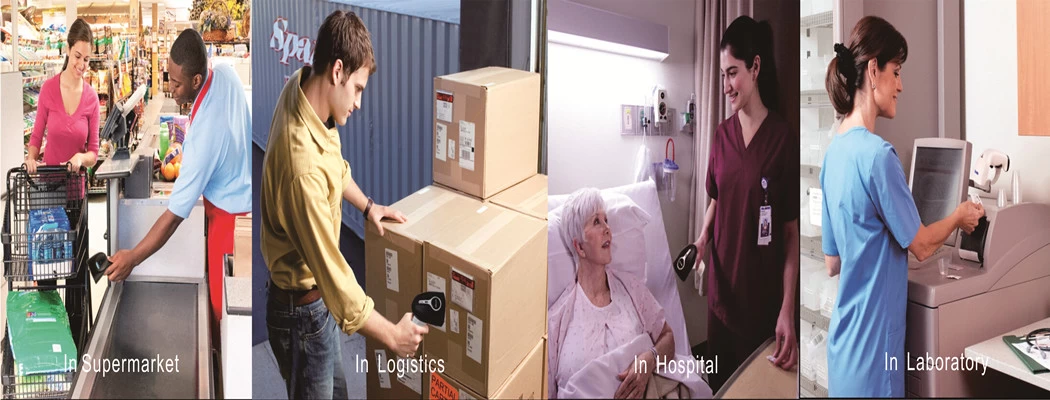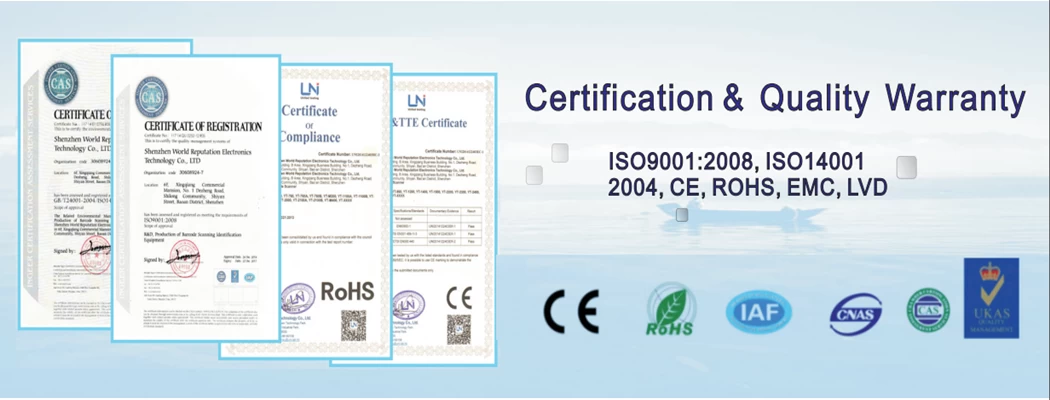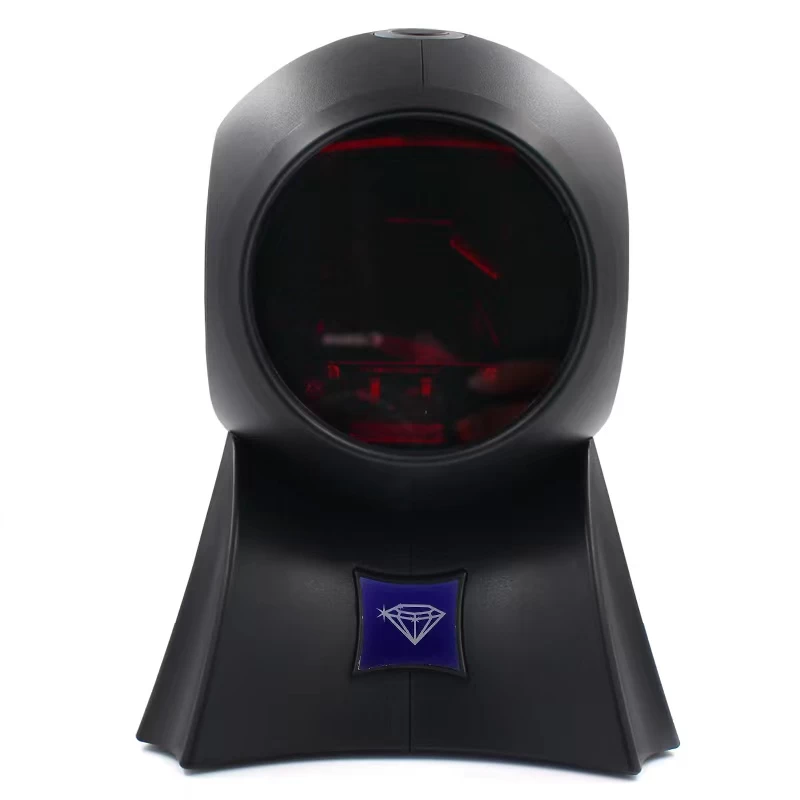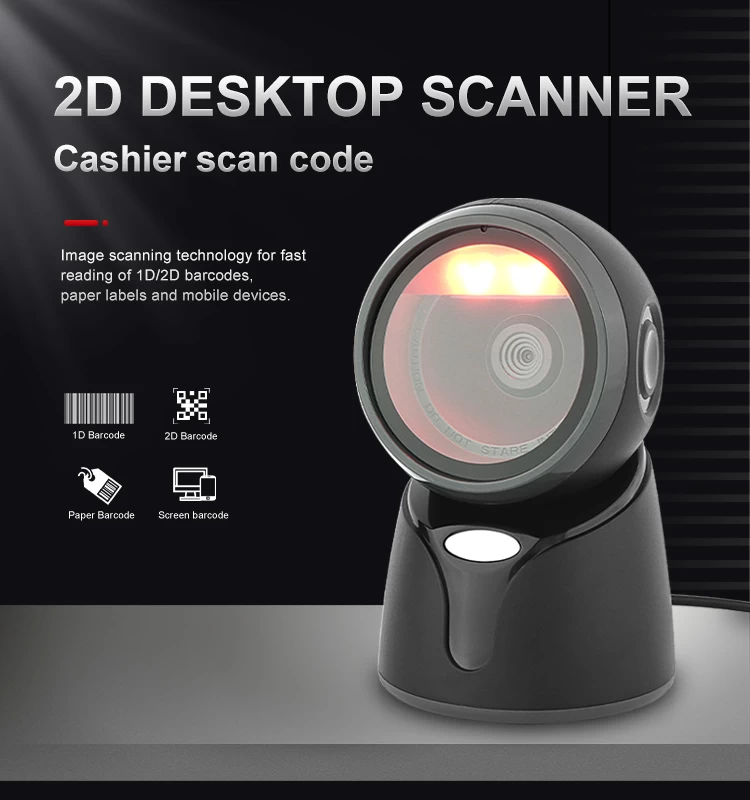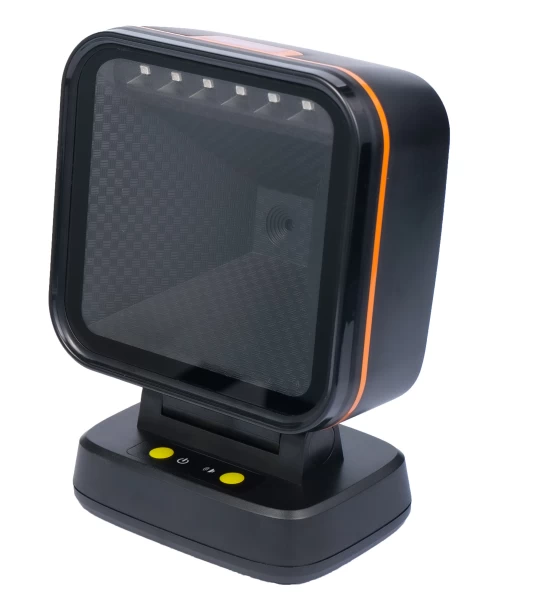Turn a camera-phone into a barcode scanner. Easy. Just load the code
Ben
Yumite
2016-07-25 15:08:08
The bottom could fall out of the bar-code scanner market any day - just as soon as a new camera-phone application appears, which turns any mobile phone with even the lowest-resolution lens into a device for reading these otherwise meaningless blobs.
Guy Kewney
Then again, the whole concept of a camera-phone scanner could die almost instantly on launch, if it turns out to be a Trojan gateway for phone viruses.
The software uses SMS extensions to communicate data back to a host server - which will delight mobile operators, since SMS is easily the most expensive way there is of shifting data over wireless, if you exclude reading the binary digits out aloud over the phone.
All the user has to do is point the camera phone at a barcode. Depending on what is in it, the barcode reading program could send data to a server, or download a program, or store the data.
The software is still in a "work in progress" state at LogicaCMG, where they see it as allowing businesses to put barcodes in places where it would never have been economic to do so before.
"The key is the way it frees barcode users from the need to use special purpose devices," said Ian Upton, business director of wireless enterprise solutions. "Mobile phones are standard devices which it is quite reasonable to assume people already have."
The technology works in reverse, too. A pilot operation is under way, using the phone's display as a way of showing rail tickets, or entrance tickets to theme parks, in the Netherlands. The customer buys the ticket, and it is sent in 2-D barcode form as a data packet, using the SMS network, to the customer's phone. The phone is then held up to the ticket scanner, which verifies that the holder has paid the fare.
The demo version of the software uses Aztec square barcodes, which can hold up to 3Kbytes of data.
But the company says it is only starting to appreciate just how widespread the applications are for this technology, in consumer areas, not just in warehouse stock checking or supermarket shelf stacking.
"The software in the phone processes the bar-code," said Upton. "So the application can be very specific to a particular process, unlike some proposed schemes we've heard about in Japan, or Korea, where they plan to use MMS to send the photograph to a remote site for processing. We don't have to transmit each barcode. We can take actions in the phone, and send only relevant data."
The code on the barcode can, indeed, be just that: executable. The scanning application required can be loaded by the user, simply by scanning the data on a barcode, which either executes directly, or connects to a central server to download an applet over the air, either by SMS or by GPRS.
"We're starting to be aware of the security implications of this," said Upton, "but how we will cope with them depends on who wants the application. It may be necessary to have no more than a simple checksum on some applications; but if people start printing public barcodes, then it may become essential to protect the network by using signatures."
But the system could contain its own security: it turns out that the data from a retinal scan fits neatly into an extended SMS message. "A normal SMS is restricted to 160 characters," reported the developer - showing it at the Orange Code Camp recently. "The extensions aren't universally supported, but where they are, you can get up to 1Kbytes of data into them - that's plenty for transmitting biometrics, including a retinal scan." The plan (at least at this stage!) doesn't involve using the phone to scan your retina. But the data from your retinal scan could be carried as a 2-D barcode, and there are sophisticated plans to ensure that this could be used to fast-track travellers through security/customs at airports.



